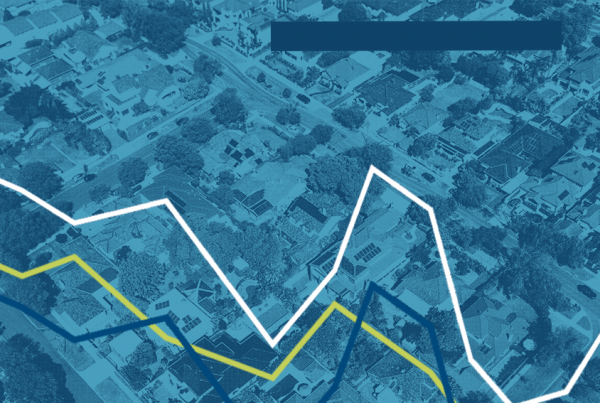At its December 2022 meeting, the Federal Reserve raised the Fed funds rate – the amount banks pay to borrow money from each other overnight – by half a percentage point, a quarter point less than each of the last four rate increases it instituted in June, July, September, and November of this year. This was the Fed’s seventh rate hike of 2022 as it continues the effort to rein in inflation.
The size of this increase was not a surprise to economists and investors. Several recent indicators – particularly the last two Consumer Price Index reports – have shown that inflation is starting to cool off, and at a faster rate than expected.
However, at 7.1% year over year in November, inflation is still significantly higher than the Fed’s 2% target. That’s why it raised the funds rate again, just at a smaller increment than previous months.
What does the Fed funds rate increase mean to mortgage rates?
As we pointed out in previous blogs about Fed rate increases in March, May, June, July, September, and November, the Federal Reserve technically doesn’t determine mortgage rates. The rate of inflation has a much more direct impact on them, and the most recent two Consumer Price Index reports both caused mortgage rates to drop significantly after they were released.
That’s great news if you’re looking to buy a home, and there are steps you can take to get an even lower rate in today’s market. One of them is the option of a Temporary Buydown that allows you to enjoy reduced payments at the beginning of your Conventional Conforming, FHA, VA, or Jumbo mortgage.
Remember: unlike the Fed rate, mortgage rates change daily and sometimes hourly. They still occasionally go down, despite the direction of the Fed rate and often in tandem with the rate of inflation.
The best way to navigate interest rates on home loans is to speak with a Homeowners Licensed Mortgage Professional about current market conditions. In any market situation, we’re here to help you understand the rates that are available to you and get the best possible pricing on your next home loan.




